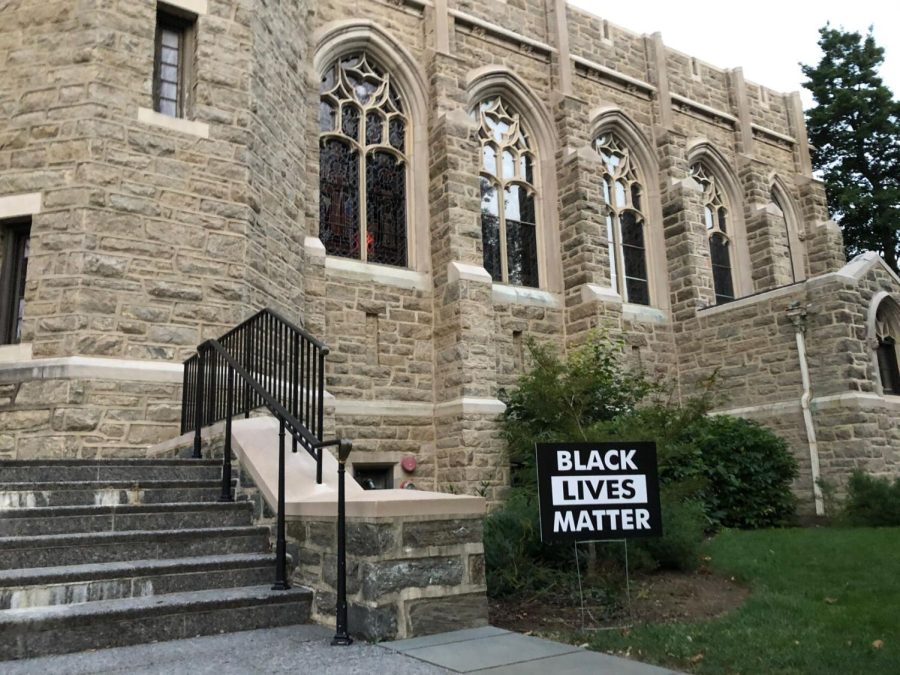Has Villanova’s Response to BLM Been Enough?
Has Villanova’s Response to BLM Been Enough?
September 23, 2020
In the wake of many injustices and acts of brutality committed by police on numerous Black men and women, places in our community are trying to become more inclusive and open to issues on race. One of these places is our own Villanova campus, with its diverse and vocal minority groups wanting change during this tense climate. Various statements were released by University President Rev. Peter M. Donohue, O.S.A., Ph.D., outlining initiatives to better our community, but how well have they done, and were they enough?
May 25, 2020 marked the death of George Floyd at the hand of unnecessary police brutality that reignited the Black Lives Matter movement. Four days later, Father Peter released the first statement relating to this, in which he condemned the police officers in the George Floyd situation and expressed sympathy to the University’s Black students for the effect these racial injustices may have had on them.
Later, on June 6, a second statement titled “A Call to Prayer and Reflection” was released, in which Father Peter highlighted changes necessary to make the University a more inclusive environment. According to him, this includes “meeting regularly with representatives from Black and minority communities” and “our Diversity and Equity offices,” in order to more understand the “progress… and potential roadblocks” on their initiative to change Villanova for the better.
These statements do well in creating solidarity between the University’s faculty and minority members. Father Peter addressed the issue, expressed his sympathy and understanding of our Black student body and offered changes to hear minority communities to then educate faculty on their issues, all in a timely manner. Whether or not these things have been put into action, we do not know because it seems to be within his staff, which brings out the biggest issue with these statements.
A dialogue between Black and minority students and Villanova’s faculty needs to happen, as this will create more transparency on issues within our community and allow us to know what exactly the University is doing to combat racial injustice.
Along with this, more opportunities for activism on race related issues need to be promoted by the leaders of our university so that the issue continues to be heard.
According to Business Insider, other universities have started to implement these initiatives. This includes Stanford University, which “began conversations with Black students” that “recommended accelerating the initiatives they have been considering,” and Princeton University, who started to offer “new summer grant programs for serving racial inequalities and injustices,” all in response to the emotional and tense racial climate after George Floyd’s death.
Villanova should look into creating this more inclusive decision-making between students and faculty to bring about change.
Our school has done a great deal in addressing the issue and has done so in a quick manner, but more can be done in the inclusion of a dialogue between students and staff to better our campus. Change can be brought about by the collaboration between the entire community, not just from one party.


